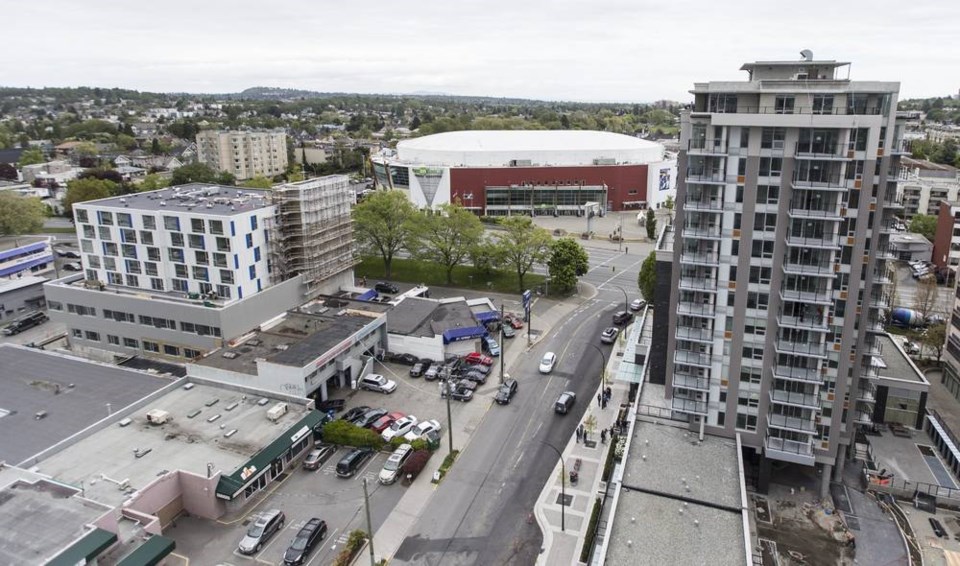Greater Victoria’s average vacancy rate has eased to 2.2 per cent, the first time the rate has surpassed two per cent since 2013.
It’s still below the national average of 3.2 per cent, but well above the region’s one per cent vacancy rate in 2019.
Douglas King, executive director of Together Against Poverty Society, a group that supports tenants, called the higher vacancy rate good news, but said it’s too early to say if it will continue. “You have to have a sustained period of higher vacancy rates for that to start to have an impact on rental rates.”
The biggest question is what’s causing the rate to rise, he said, since if it’s due to the pandemic, it will likely decline again. “If that’s the cause, it’s not much to be excited about.”
It’s a different story if the higher rate is due to provincial government measures such as the speculation tax, additional property transfer tax for foreign buyers, and moves to limit short-term rentals. “Because then, you would expect it to persist for quite a while and it might actually be a significant change,” King said.
With the fourth lowest vacancy rate in Canada, the region continues to face a shortage of affordable housing, with average rents climbing 3.3 per cent from October 2019 to October 2020, Canada Mortgage and Housing Corp. said Thursday in its annual cross-country survey of major centres.
The average rent in the capital region for apartments and townhouses of all sizes is $1,275, according to the survey, which includes rental apartment and condominiums buildings of three or more units.
Capital region rents have increased beyond inflation, CMHC senior analyst Pershing Sun said in her report, and families face the toughest market — the vacancy rate is just 0.9 per cent for units with three bedrooms or more, where the average rent is $1,758.
Rent for one-bedroom units, with a vacancy rate of 2.1 per cent, averages $1,015 per month.
“Rental affordability remains a challenge for low-income households looking for suitable and family-friendly unit sizes,” Sun said.
Just seven per cent of two-bedroom units in Greater Victoria are available and affordable to households with incomes between $25,000 and $41,000 per year, Sun said. A family moving to a larger unit might have to pay more than 30 per cent of their income in rent.
Sun said rental demand dropped over the past year as some people combined households and others moved away from the city centre in search of affordable housing, as jobs were lost and remote work and schooling increased amid the pandemic.
The rental picture varies across the region, however. Esquimalt saw rents rise by 7.5 per cent from October 2019 to October 2020 — more than twice the regional average. The fact it has the lowest average rent locally leaves “ample room for potential rent increase given its proximity to downtown Victoria and relative affordability,” Sun said.
The West Shore, meanwhile, saw the biggest increase in the supply of rental units, which jumped by 33 per cent, significantly higher than the regional average of five per cent. Because demand is rising as the population grows, and many of the units are newer, the West Shore’s average apartment rent of $1,499 exceeds those in other regions, including downtown Victoria.
Other than in the West Shore, there’s been little expansion of rental units in the region, which has 27,499 units, including 653 rental condominiums, Sun said.
More construction is needed to provide rental housing in the core municipalities, said Casey Edge, executive director of the Victoria Residential Builders Association, who called for a more efficient development process in Saanich and Victoria.
“You are looking at least two years to develop in Victoria or Saanich and that process would be less than six months in Langford,” he said.



